Small Problem, Big Risk
For everyday drivers, a faulty low-speed wiper setting might seem like an inconvenience.
But for distributors and repair shops, it's a ticking time bomb in after-sales service.
High return rates: Customers install new wiper blades and find the low-speed function dead—you're the first one they call.
Reputation damage: One bad review about “poor wiper quality” can cost you ten new clients.
Hidden costs: Frequent claims eat into margins, especially in bulk procurement projects.
The root causes usually boil down to poor motor compatibility or cutting corners on key components like resistors or relays.
Think of the wiper system as a band. Each “musician” must play its part to stay in rhythm:
Motor = Lead vocalist (drives motion)
Resistor = Bass player (controls intensity)
Switch = Conductor (issues commands)
Relay = Drummer (handles rhythm changes)
Control Module = Sound engineer (manages smart tuning)
When any of these fail, your “band” is left with one loud setting: high speed.
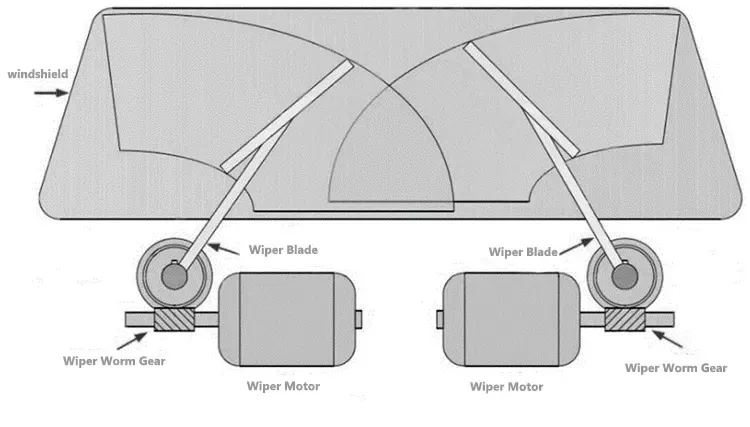
5 Common Causes and Fixes
1. Faulty Wiper Motor Resistor
The resistor controls lower speed settings. If it fails, only high speed will work.
Symptoms: Low speeds don't respond, but high-speed work.
Fix: Replace the resistor.
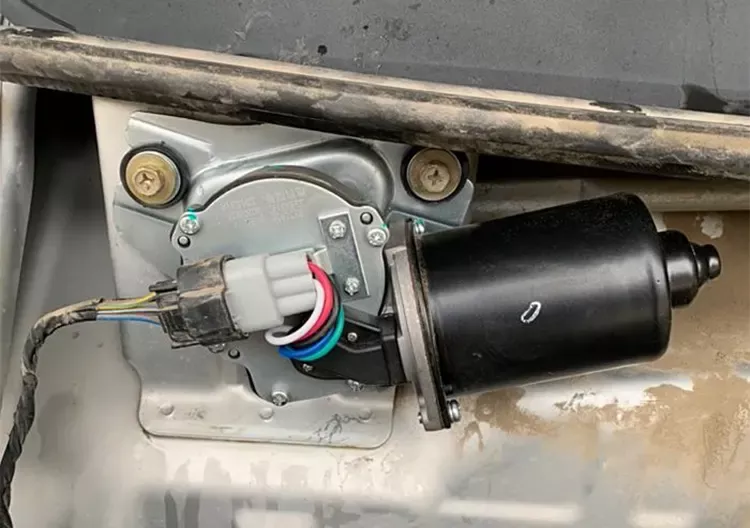
2. Defective Wiper Switch
A worn-out switch may prevent selecting lower speeds.
Symptoms: The Switch feels loose, and some settings don’t work.
Fix: Test and replace the switch if needed.
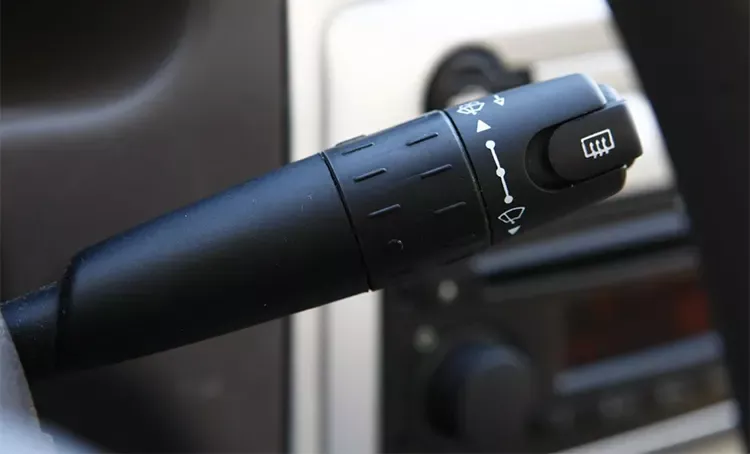
3. Damaged Wiper Relay
The relay controls power to different speeds.
Symptoms: Wipers won't work on low speed, only high.
Fix: Check and replace the relay.
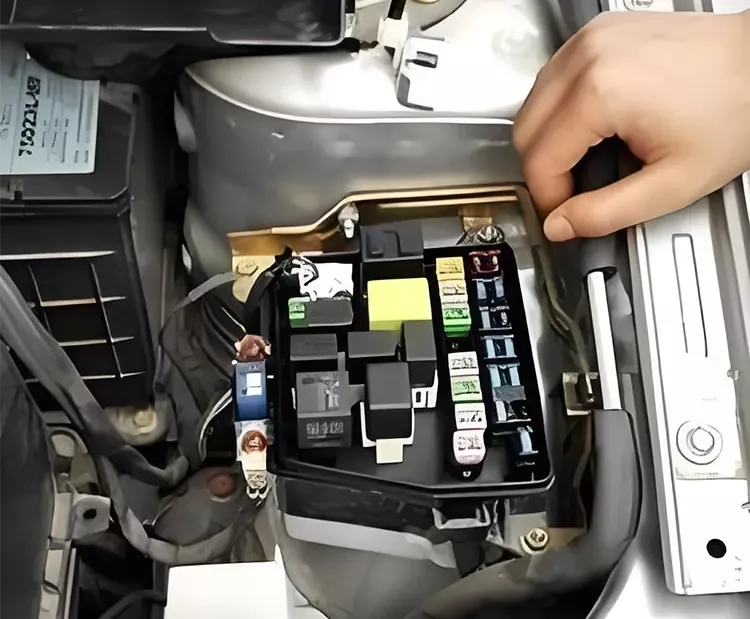
4. Corroded or Loose Wiring
Bad wiring can disrupt the wiper function.
Symptoms: Wipers work off and on or only on high speed.
Fix: Inspect, clean, and secure all connections.
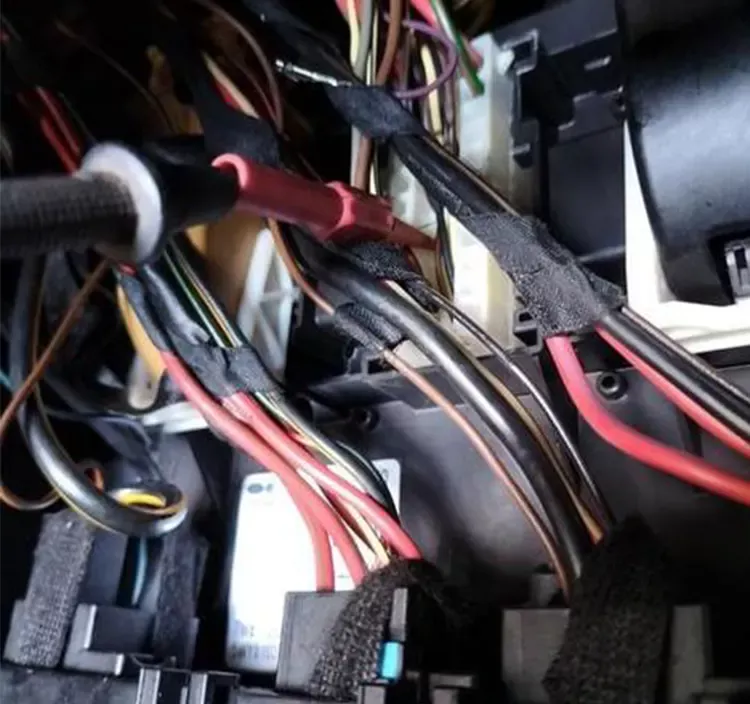
5. Malfunctioning Wiper Control Module
Newer cars use a module to control wiper speed.
Symptoms: Wipers behave erratically at different speeds.
Fix: Diagnose and replace the module if needed.
Repair Complexity: From Quick Fixes to Diagnostics
| Fault Level | What to Do | Estimated Time |
| Basic (Resistor/Relay) | Direct replacement | 30–60 min |
| Intermediate (Switch/Wiring) | Clean or repair selectively | 1–2 hrs |
| Advanced (Control Module) | Professional diagnostics required | Varies |
How to Avoid Low-Speed Failures in Bulk Orders?
Many wholesalers have learned this the hard way—install a new blade, and the low-speed setting doesn’t work.
The problem usually stems from:
Mismatched resistor specs (some models require specific resistance values)
Relay compatibility issues (local vs. imported electrical standards)
How to Prevent?
Triple-stage testing before shipment:
Bench simulation under variable voltage
On-vehicle fit testing with popular car models
Road testing in extreme conditions (heavy rain, freezing temps)
Flexible compatibility kits:
Adjustable resistors or relay adapters
Optimized installation guides to prevent errors
Why BAOYI OEM Solutions Work
Guaranteed compatibility
Vehicle-specific adapter kits (including 18 adapters) available
48-hour emergency technical support response
Certification System:
IATF 16949 Certified
ISO 9001 Certified
Over 40 patent Certified
Test Report:
500,000 wipe cycles with no wear
Rubber strip ozone resistance tested to exceed GB/T 7762 standards
Need it tweaked for a specific audience (e.g., repair shops vs. wholesalers)? Happy to refine further!

